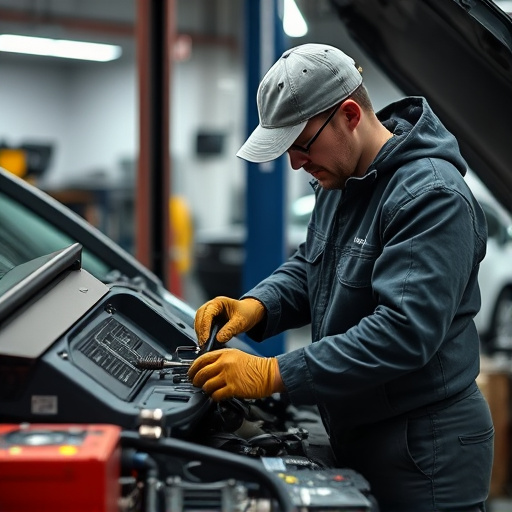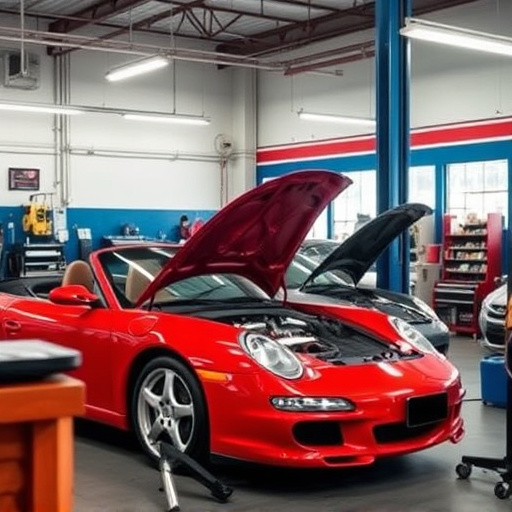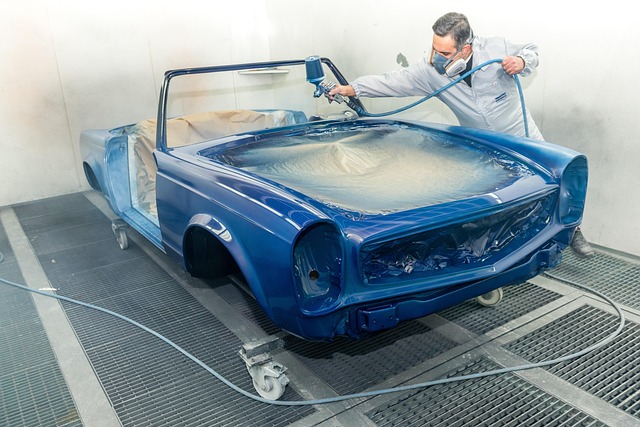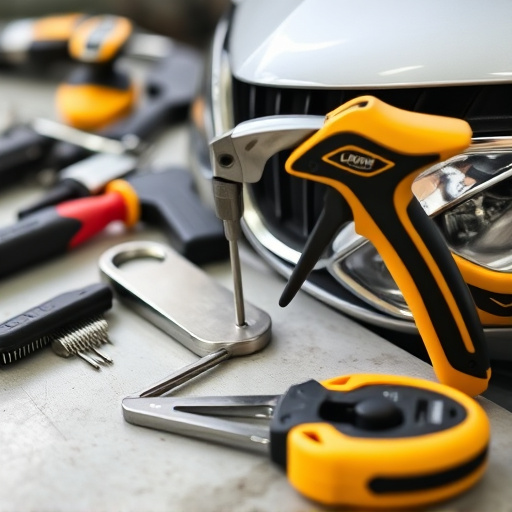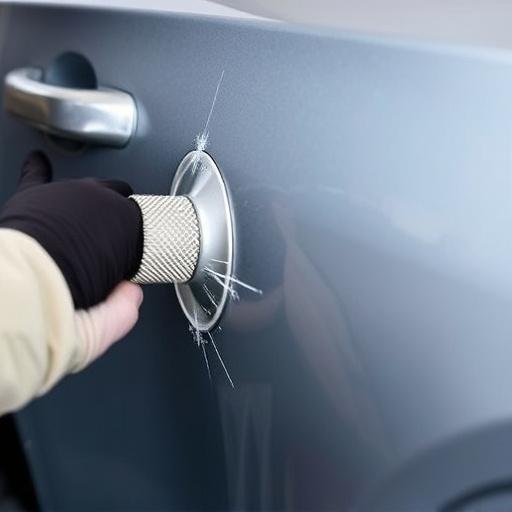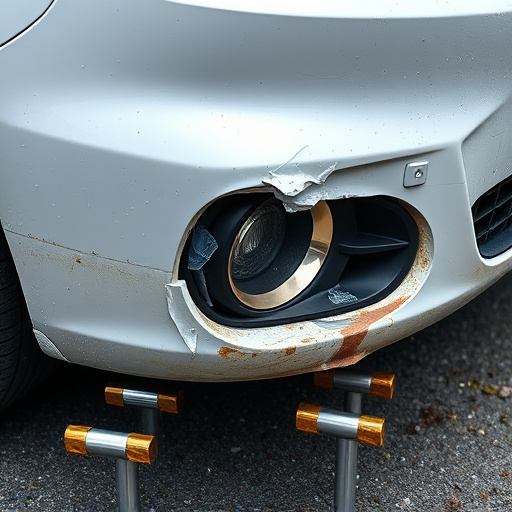The post-repair inspection process involves meticulous visual assessments and advanced diagnostic tools to ensure vehicle body repairs meet high standards. Documentation, including detailed records, photos, and videos, is vital for transparency, accurate billing, and future reference. Clear communication with owners or insurance managers ensures everyone understands the repair work completed.
After a repair, a thorough post-repair inspection is vital to ensure quality and customer satisfaction. This process involves meticulous evaluation of key components using advanced diagnostic tools, enabling technicians to identify any issues or discrepancies. Effective documentation and clear communication of findings are critical steps that bridge the gap between repair and client expectations. By mastering these tools and techniques, repair professionals can deliver reliable, high-quality work, fostering trust and ensuring customer retention.
- Identifying Key Components for Inspection
- Utilizing Advanced Diagnostic Tools
- Documenting and Communicating Findings Effectively
Identifying Key Components for Inspection
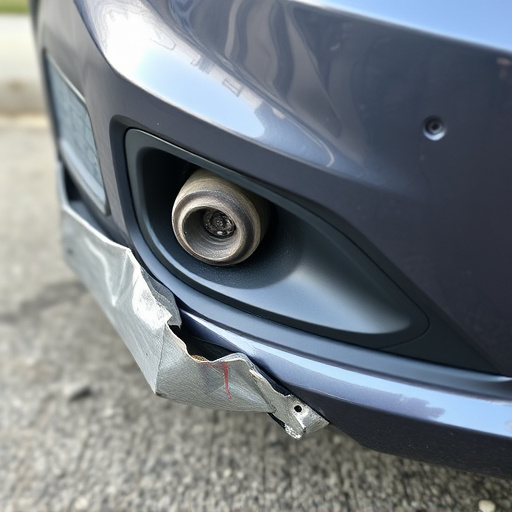
During a post-repair inspection process, identifying key components for examination is paramount to ensure the quality and integrity of the vehicle body repair. The first step involves a meticulous visual assessment of the entire vehicle, focusing on areas most susceptible to damage during collisions. This includes the exterior panels, such as doors, fenders, and bumpers, which often bear the brunt of impact. Technicians use their expertise to detect any misalignments, paint inconsistencies, or signs of improper welding that might indicate subpar repair work.
Additionally, various tools are employed to verify the accuracy of measurements, check structural integrity, and ensure proper alignment. These tools can range from simple measuring tapes and angle gauges to more advanced technologies like 3D laser scanners and computer-aided design (CAD) software. The use of these advanced systems in collision repair services allows for precise comparisons between pre-and post-repair configurations, confirming that the vehicle body shop has accurately restored the vehicle to its original specifications.
Utilizing Advanced Diagnostic Tools
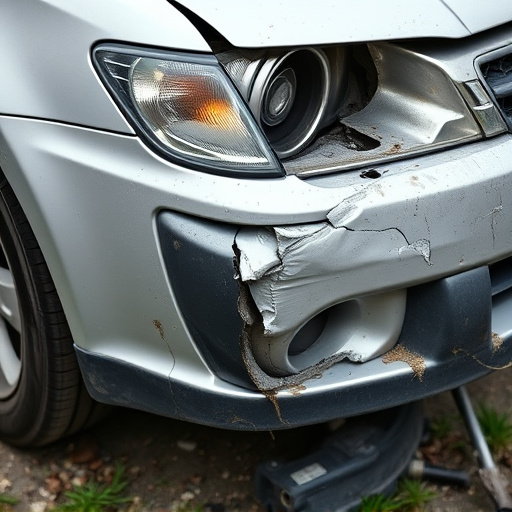
During the post-repair inspection process, advanced diagnostic tools play a pivotal role in ensuring the meticulousness and quality of vehicle collision repair. These innovative instruments go beyond traditional visual and manual checks, providing accurate assessments of the car’s structural integrity and performance capabilities. By employing sophisticated sensors and software, these tools detect even the subtlest discrepancies that might have been overlooked during the initial assessment stages. This comprehensive analysis is especially crucial in cases of hail damage repair, where each dent, crack, or deformity must be meticulously documented and remedied.
Moreover, advanced diagnostic tools facilitate efficient problem-solving for car repair services. They enable technicians to pinpoint faulty components or systems with remarkable precision, streamlining the repair process. This not only saves time but also guarantees that every repair is executed correctly, enhancing customer satisfaction. Ultimately, these tools contribute significantly to maintaining the highest standards in vehicle collision repair, ensuring that each car leaving the workshop is safe, reliable, and ready to hit the road again.
Documenting and Communicating Findings Effectively
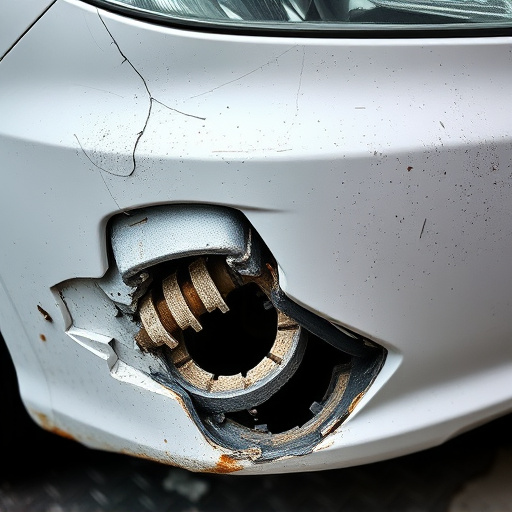
During the post-repair inspection process, clear and effective documentation is key. Technicians must meticulously record all findings, both positive and negative, ensuring each detail is accurately captured. This involves detailed notes, high-quality photographs, and sometimes even video evidence to illustrate any issues or repairs completed. Effective communication is equally vital; technicians should articulate their observations clearly and concisely, updating the vehicle owner or insurance claim manager accordingly.
This documentation plays a critical role in ensuring transparency throughout the auto collision center’s vehicle repair services. It allows for informed decision-making, facilitates accurate billing, and provides a permanent record of the post-repair condition, which is essential for any future claims or maintenance. For instance, when it comes to something as seemingly simple as a bumper repair, this process ensures that both parties are on the same page regarding the work performed and the vehicle’s current state.
The post-repair inspection process is a meticulous dance between identifying crucial components, leveraging advanced diagnostic tools, and communicating findings effectively. By adhering to these key steps—from scrutinizing key parts to documenting discoveries—you ensure not only the integrity of repairs but also foster trust and transparency with clients. This comprehensive approach makes every post-repair inspection a valuable opportunity to uphold high standards and maintain customer satisfaction.


